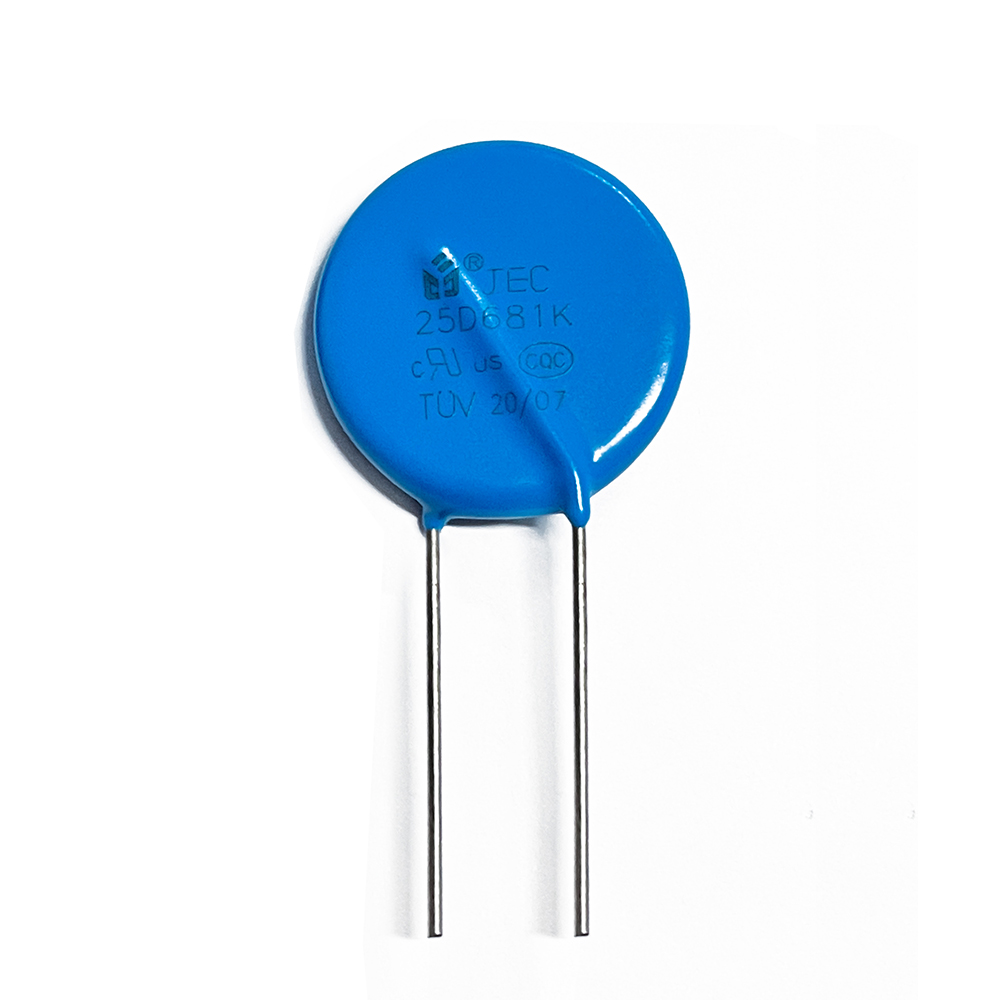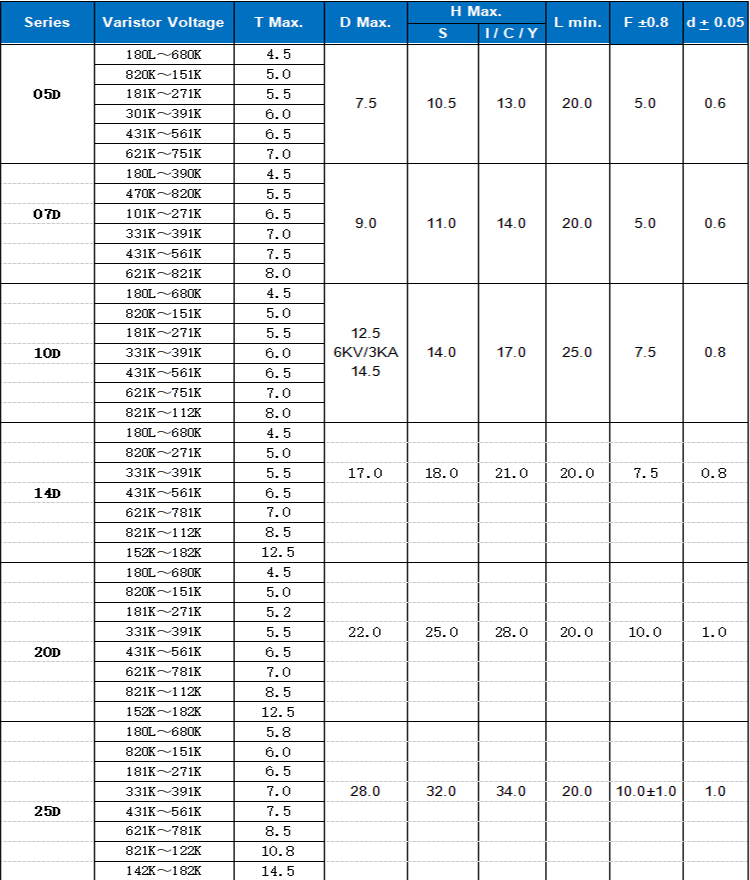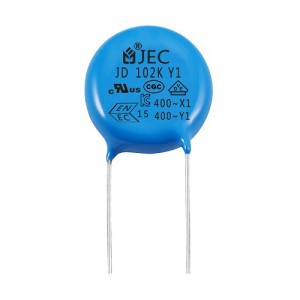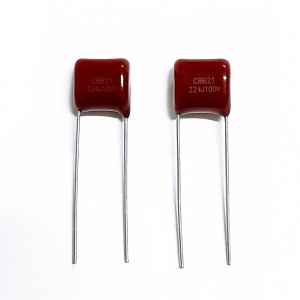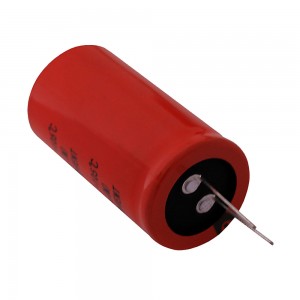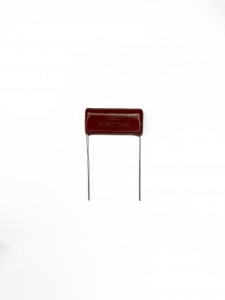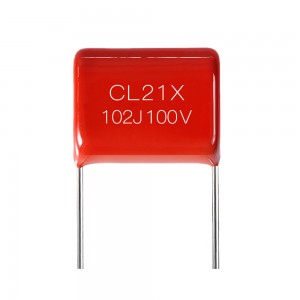Varistor High Voltage High Frequency Price
Features
Wide range of varistor voltages, ranging from a few volts to thousands of volts on a single chip
Low residual voltage
Fast response (ns level)
Positive and negative symmetrical volt-ampere characteristics
No follow-up
Many varieties and specifications (5D, 7D, 10D, 14D, 20D)
Passed the certification standards of CQC, VDE and UL
Specification
Application
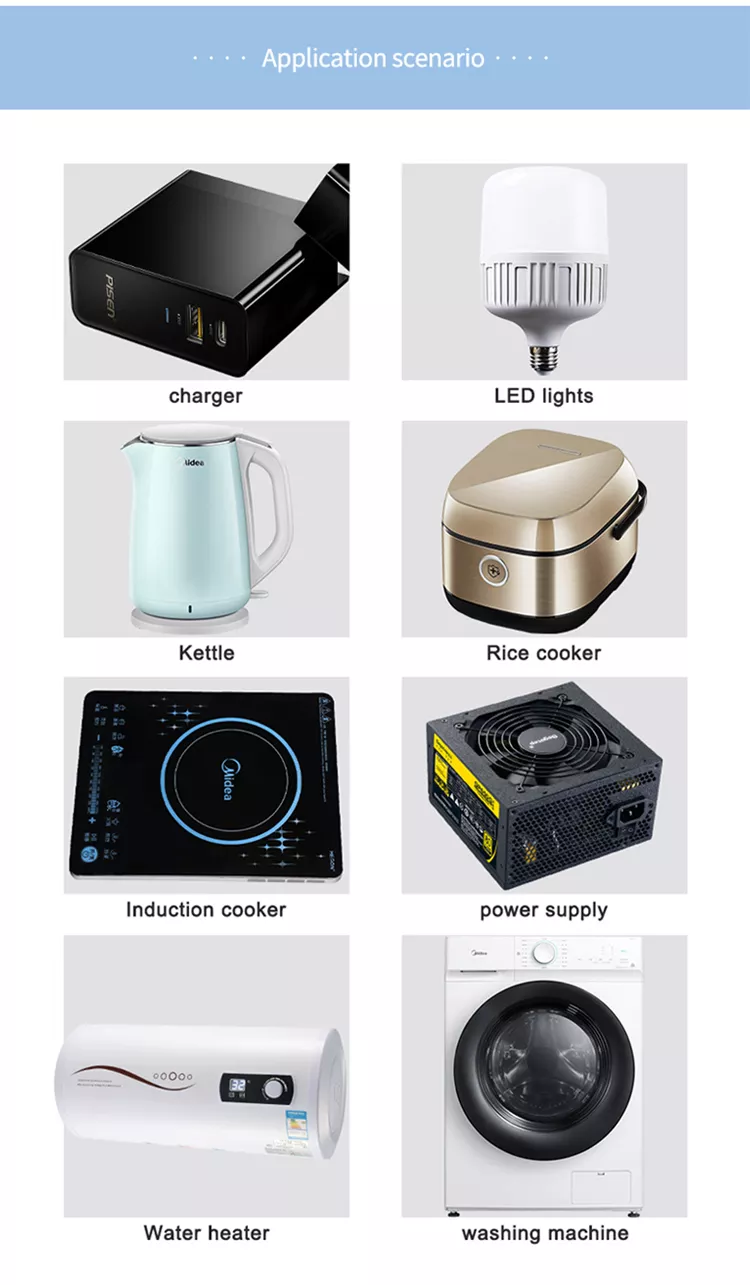
Surge Protection in consumer electronics
Surge Protection in industrial electronics
Relay and solenoid surge absorption
Transistor, diode, IC, thyristor or triac semiconductor protection
Surge protection for household appliances, gas and petroleum equipment
FAQ
Q: How to choose a temperature sensor reasonably?
A: Current temperature sensors are very different in both structure and principle, so it must be selected according to the measurement purpose, object and environment, otherwise the measurement results often fail to achieve the expected purpose.
(1) First, the type of sensor should be determined according to the measured object and environment. When measuring, you first need to know what kind of sensor you are going to use to measure, and this type of decision needs to be determined by the specific measurement object and environment.
(2) After determining the type, it is necessary to determine its sensitivity. Of course, the higher the sensitivity, the better, because the higher the sensitivity, the faster and more accurate the signal processing will be, but it is also easy to mix some external factors, so pay attention to this aspect.
(3) To choose a sensor with better stability. Stability is the performance of the sensor that can maintain the same performance after a period of use. A sensor with good stability will have a good ability to adapt to the environment, which will bring great convenience to measurement.
(4) Another very important part is to have good precision. Accuracy is the most important performance of the sensor, and only good accuracy can ensure the accuracy of measurement.

